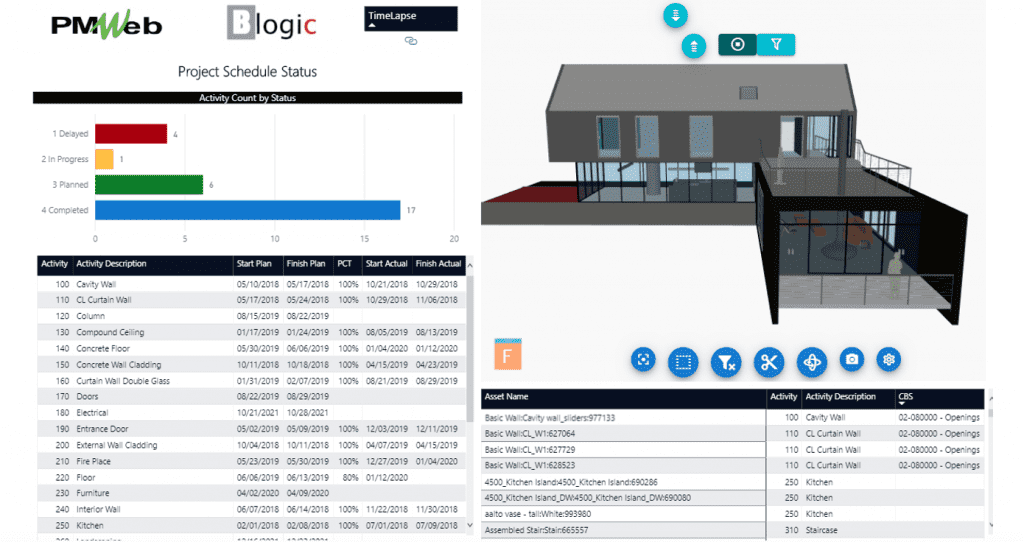The growing trend of digital transformation among organizations who are involved in delivering capital projects have created the need for a new role known the Project Data Analysts. Although the role of Project Analyst differs from one organization to another, but they are normally related to drive a project from start to finish by coordinating everyday information, provide support through data analysis, establish key performance indicators, analyze project performance to derive insights from large amounts of data that support and guide optimal project performance, identify performance problems and shortfalls and propose solutions and provide the performance status reporting and presentations needed by internal and external stakeholders.
In addition to the requirement for having skills and experience in using Project Management Information Systems (PMIS) like PMWeb, Project Planning and Scheduling applications like Primavera P6 and Business Intelligence and Data Visualization tools like MS Power BI, the Project Analyst needs to be knowledgeable in all phases of the project management life cycle and should have excellent communication and presentation skills with strong critical thinking, analytical, and problem-solving skills. Knowledge of capital projects delivery is also a requirement.
Project analysts spends most of their time in handling data, which they research, monitor, and analyze to produce business insights and action recommendations. Nevertheless, project data analysts usually encounter many challenges that can reduce if not eliminate the benefits that they can bring to the project in particular and to the organization in general. Addressing and eliminating those challenges is a must.
Challenge # 1: Have Access to Meaningful Real-Time Trustworthy Data
A project analyst lives and breathes data. Although there is no shortage of data when it comes to project planning and scheduling data that is captured by planning and scheduling applications like Primavera P6, nevertheless, the major challenge for Project Data Analysts is to how to have access to the many other everyday project’s data that relates to communication, quality, safety, cost, procurement, contract, risk among others. They need to have a project tool that can provide them with a real-time access to trust worthy data contained in the hundred of project management processes performed during the project life cycle stages.
Using a Project Management Information System (PMIS) like PMWeb, the project data analysts can ensure that all projects’ related data is captured on a single web-enabled platform in a formal format by using workflows. This will ensure having access to trust worthy real-time data from every single project management process executed across the complete projects’ portfolio that the organization has. PMWeb comes ready with most input forms of the processes needed to manage a capital project as well as it includes a custom form builder module for other needed processes.
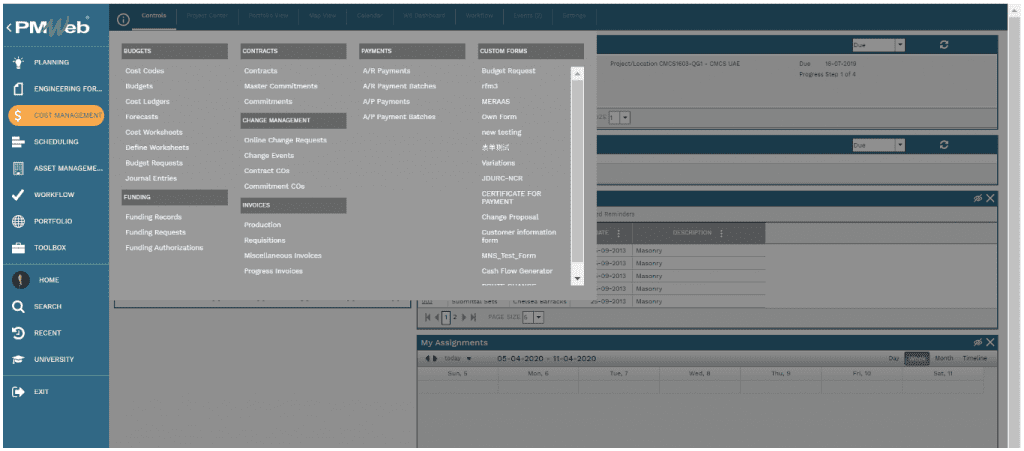
The PMWeb default input forms come ready with most needed fields for each process plus it allows adding any other user defined fields that could be also needed. Those fields could be text, numeric, currency, data and lists with the option of adding formulas to calculate the value of those newly added fields.
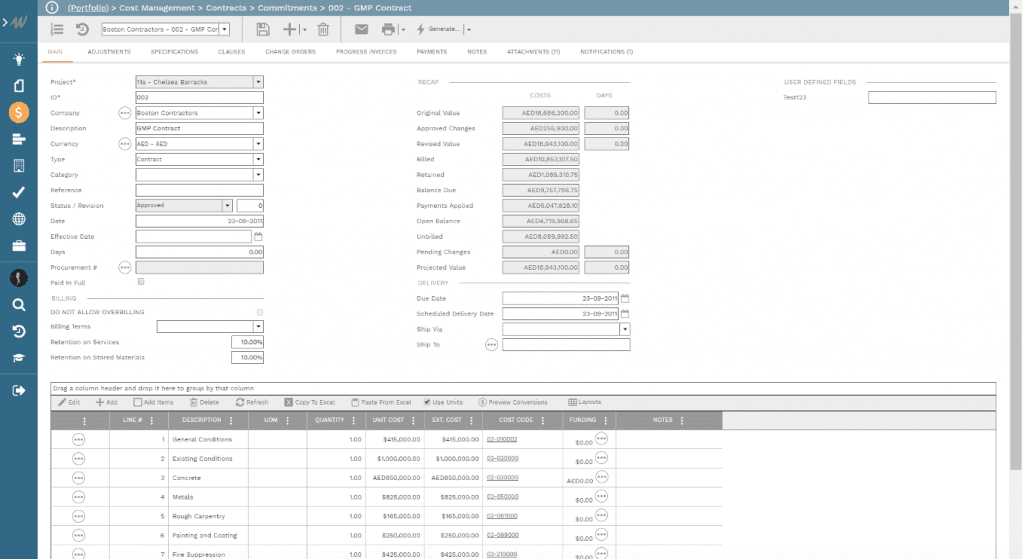
In addition, PMWeb visual custom form builder enables the project data analysts to create all other forms that are needed to capture project information that PMWeb does not provide as an out of the box form. This is very common in capital projects delivery as some of those forms could be specific to the country where the project is being executed, specifications used, project delivery method, project official language, organization’s reporting requirement, level of control among many others.
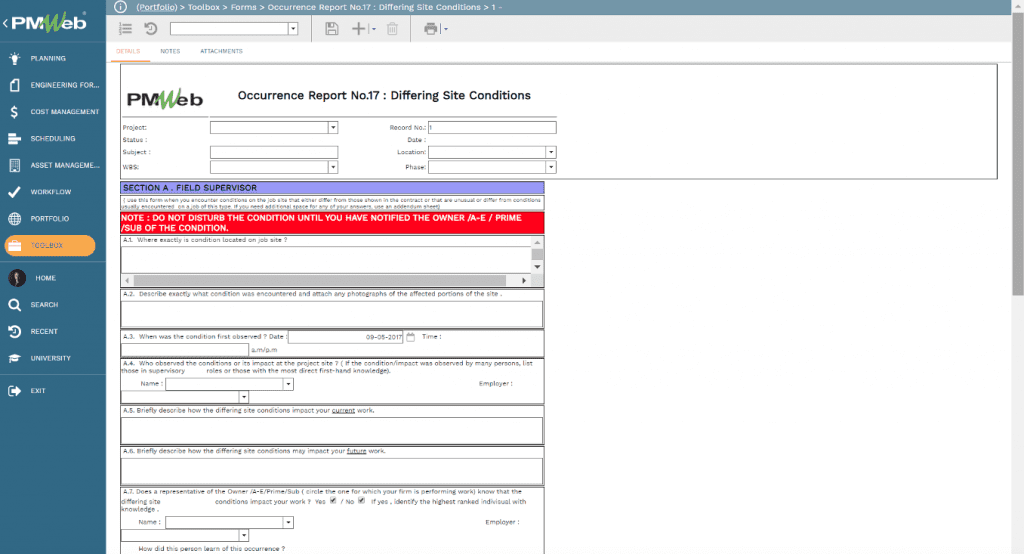
All supportive documents for the default or user created input forms including drawings, pictures, tables, schedules, videos among others will be uploaded in their designated folder in PMWeb document management system repository. All those documents can be attached as well as links to other PMWeb records and imported MS Outlook emails to the input forms.
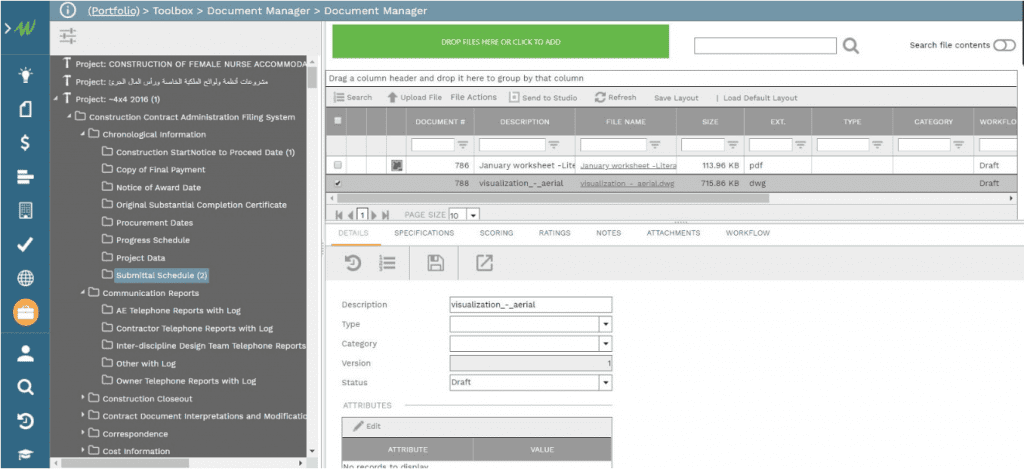
Of course, all those input forms, attached documents and linked records can be formally distributed and shared among the different project team members using PMWeb workflow. This will be used to map the different tasks set for submitting, reviewing and approving or rejecting those transactions. PMWeb also allows integrating those workflow steps with DocuSign digital signature to further enforce the formal review and approve tasks for those transactions. PMWeb workflow also allows setting approval authority levels for all financial transactions as well as conditions on who should be involved in a process depending on the specification value and other attributes that are part of the process input form.
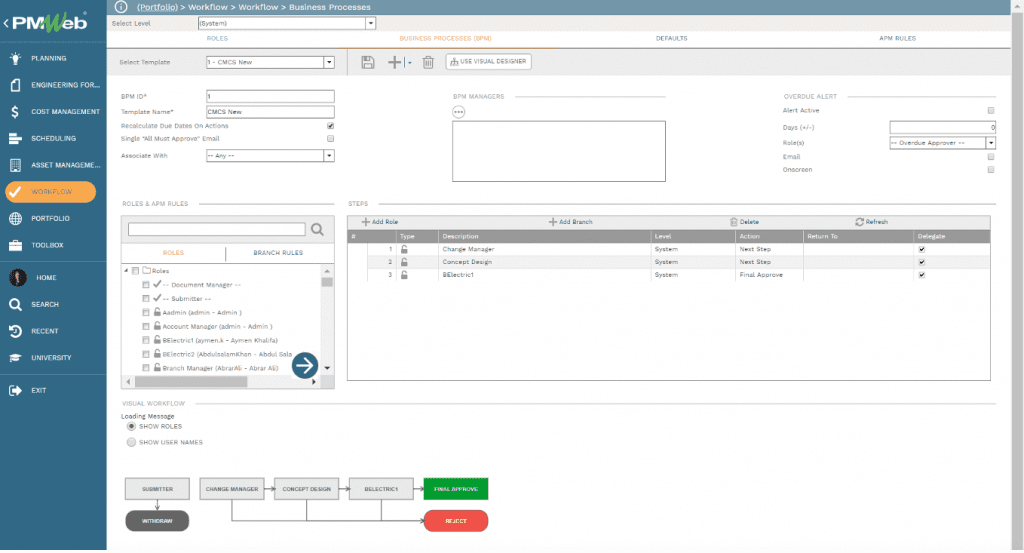
Challenge # 2: Have a Single Repository for All Current and Old Data from All Applications
Another challenge that faces Project Data Analysts is that the construction industry will continue to use multiple software applications to capture everyday data that each has its own data source. For example, construction projects use BIM and other applications to create the project design documents and models, scheduling software to plan the project activities and resource requirements, Monte Carlo simulation software to quantify schedule and cost risks, project management information system to automate project management processes, sensors data using IoT, ERP applications to manage home office operations along with the many new cloud-based applications that are addressing different construction projects’ requirements. Not only this creates the issue of multiple data sources, but some of those applications could eventually be dropped by the organization or even discontinued by the software vendor.
This challenge can be strongly mitigated by using a data management platform like Discovery Hub® from TimeXtender which can be used to integrate and consolidate data from any application or data source into a single Data Hub aka operational data storage (ODX). In this way the organization will always have access to data from a single place for any kind of request from business, analytics or other applications, allowing to easily extract the value from insight into data.

Discovery Hub® from TimeXtender also helps to normalize and de-normalize those data sources to enable associating and blending multiple data fields to create multi-data source tables and views without the lengthy and costly data integration effort. The result is a unified structure that is automatically updating and easier to maintain in cases of changes and new versions of data sources.
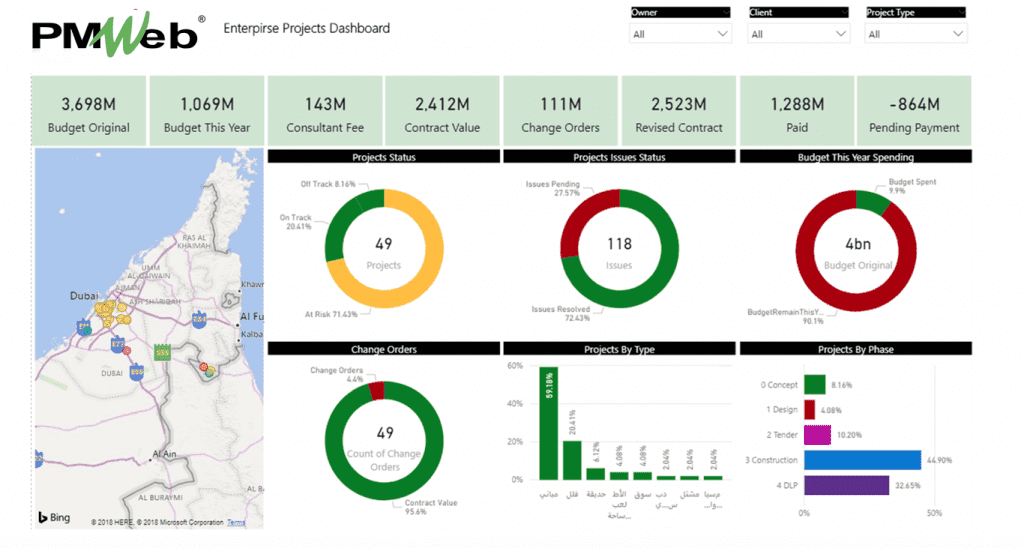
The added advantage of using a Business Intelligence and Data Visualization tool like MS Power BI is that the captured data can be also associated with other visual data that is common to the capital projects delivery. Those include for example ESRI GIS map data and BIM model data. In addition, those tools have the functions to correlate and analyze the captured data to establish trends and forecast future results based on actual data captured to date.
